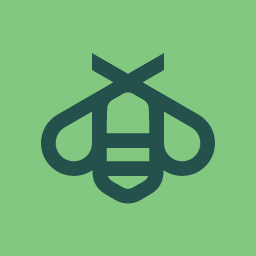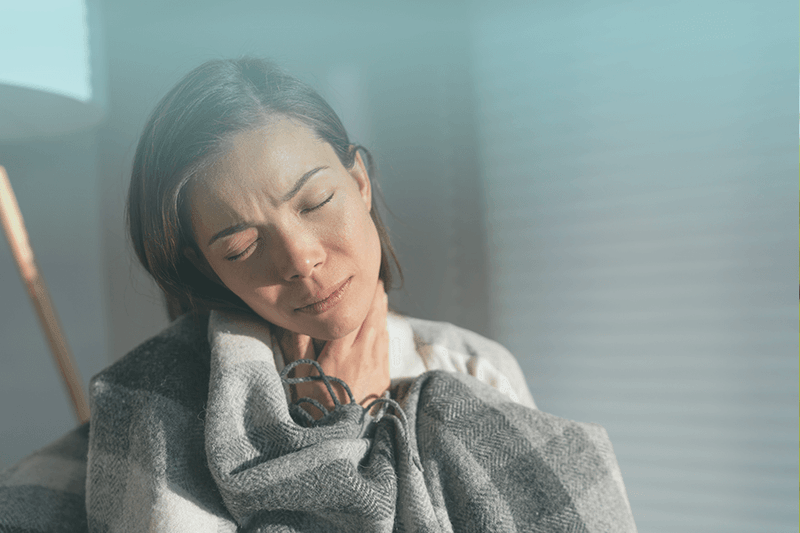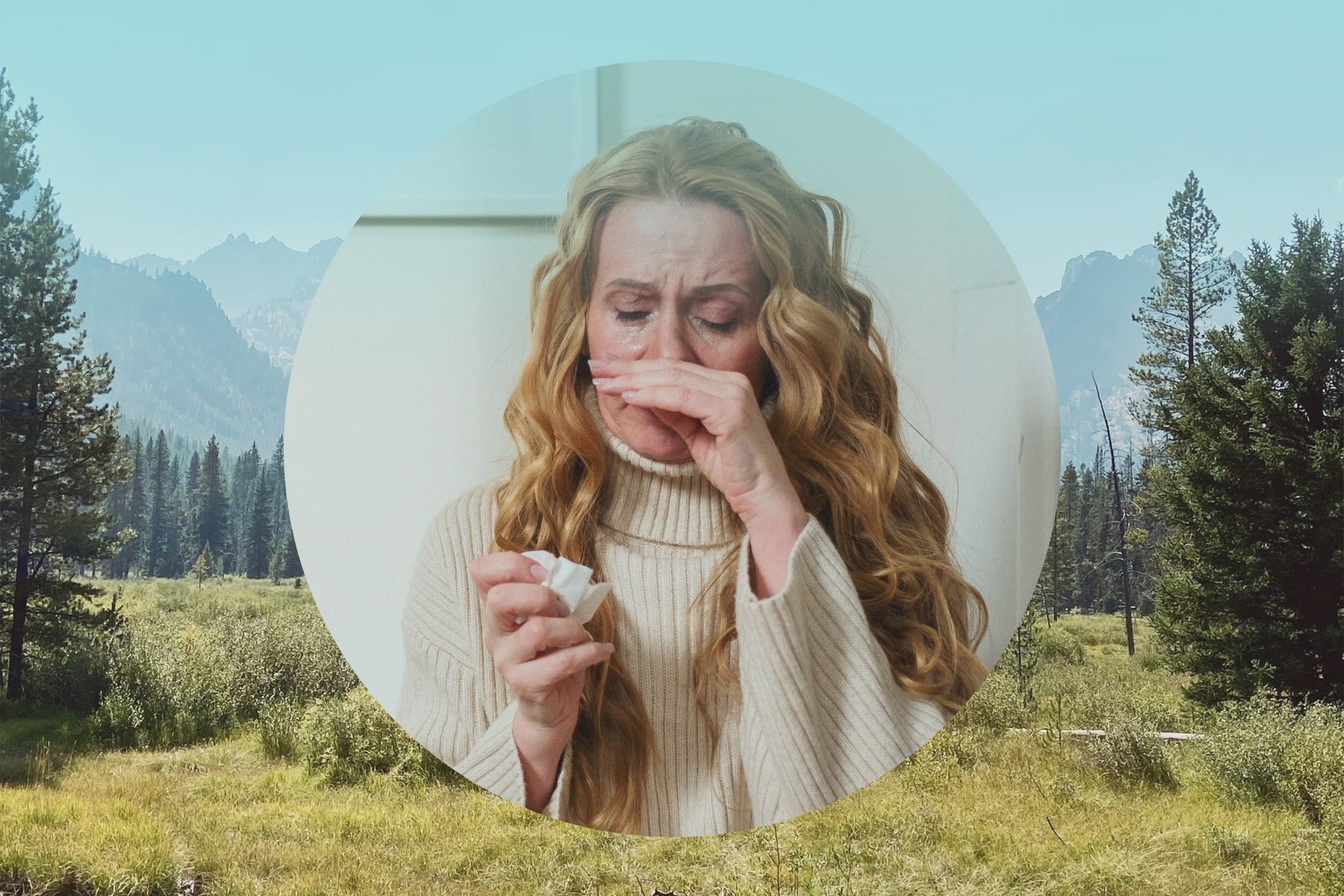Breathe Freely

Why Pollen Allergies in Colorado Springs Are So Unique
Nestled along the iconic Rocky Mountains, the city of Colorado Springs is no stranger to gorgeous sights, riveting adventure, and untapped wilderness. Unfortunately, with all this fun outdoors also comes the risk of pollen allergies. Here’s what you need to know…
Living With Pollen Allergies in Colorado Springs
It’s no surprise to visitors and residents that the high-elevation city of Colorado Springs is a wellspring of activity and adventure.
From whitewater rafting at the Royal Gorge to exploring red rocks at Garden of the Gods Park, there is never a shortage of things to do - or allergens to encounter! And even if you spend time indoors, year-round buggers such as dust mites and mold are always lurking.

Pollen Allergies To Lookout For in Colorado Springs
All this freedom and fun can come at a price. Included in the cost of admission is also the cost to your immune system. Although everyone is different, with different sensitivities and risks, the allergens of Colorado Springs are no joke.
If you’re vulnerable to seasonal pollen production, it’s a good idea to get prepared.
Whether it’s Aspen and Elm trees, invasive Russian Thistle, or Kentucky Blue and Smooth Brome, allergenic plants pervade. Follow your local forecasts, take precautions, and use medication as directed by a healthcare provider. With roughly 20% of Americans affected by allergies, you can never be too careful.
What’s Your Sensitivity To Colorado Pollen?
Do you find yourself getting a scratchy throat or itchy eyes when grass pollen circulates during June, July, and August? Are you coughing and sneezing as prevalent ragweed pollen intensifies in September and October? Are you feeling allergy fatigue during the late winter and spring because of pollinating Junipers and Cedars?
You’re not alone, and there’s a reason. Just consider where pollen allergies in Colorado Springs rank among the 100 largest U.S. cities.
Ranking Pollen Allergies in Colorado Springs
Wondering how pollen allergies rank in your area? Are you concerned you or someone you know and love may be susceptible to seasonal fluctuations in weather patterns? Have you noticed a change or uptick in various symptoms that leave you puzzled and irritated?
Whether you’re a seasoned veteran of allergies or are experiencing them for the first time, you should always know what to expect. Even longtime residents of Colorado Springs may be caught off guard by invasive plant species, aberrant climate shifts, and other variables outside their control. One way to get a hold of this is by understanding which pollen allergies in Colorado Springs rank best and worst.
Tree, Grass, and Weed Pollen In Colorado Springs
A top name in allergy data, the nonprofit Asthma and Allergy Foundation of America (AAFA) issues a yearly report on the best and worst cities in the country. This year’s installment, the 2023 Allergy Capitals report finds that Colorado Springs, CO, ranks #69 overall out of the largest 100 metro areas in the United States.
With an overall designation of “Average,” Colorado Springs scores “Better Than Average” on All Pollen, “Average” on Medicine Use, and “ Better Than Average” on Specialists. Moreover, the city also ranks for its challenges among pollen types. Colorado Springs ranks 65th for tree pollen, 78th for grass pollen, and 43rd for weed pollen.
What Do Pollen Rankings Mean?
If all these numbers mean very little to you, don’t worry. Basically, the AAFA uses these rankings as a way to denote how difficult a city is for seasonal allergy sufferers.
Because Colorado Springs ranks 69th, it is in the bottom half of the largest 100 cities for allergy challenges. The cities at the very bottom are considered the best for allergy sufferers, and the cities at the very top are considered the worst, like Wichita, Kansas, and Dallas, Texas.
Interestingly enough, Colorado Springs ranks right below another Colorado city, mile-high Denver. Of course, these rankings change year by year due to many factors, including seasonal trends. Right now, Colorado is considered one of the best states for allergies.
Dissecting the Allergy, Medicine, and Specialist Subcategories
Now, if you’re wondering how rankings on subcategories such as All Pollen, Medicine Use, and Specialists are determined, it’s actually quite complicated. Basically, the AAFA draws upon other databases and then weights certain findings. After performing various statistical calculations, they arrive at their overall ranking, rating, and score. In the case of Colorado Springs, those metrics are 69, “Average,” and 68.16.
If the score total doesn’t make much sense to you, just consider that the average total score is 71.49. The lower the total score, the better, so Colorado Springs has a total score that is, technically, better than average.
Let’s look closer at the subcategories of All Pollen, Medicine Use, and Specialists. All Pollen determinations come from Colorado Springs pollen counts as measured by real-time automated sensors throughout the year. Days that are “very high” and “high” are weighted to then reach a designation. Grass, tree, and weed variations are all considered.
Meanwhile, the Medicine Use designation comes from the prevalence of over-the-counter (OTC) allergy medicine use. Presumably, cities that have high percentages of medicine use have greater issues with allergies. This information comes from sales data but does not include prescription medications or differentiate some meds that, while allergy meds, can also be used for other illnesses.
Finally, there is the Specialist category which is again based on prevalence data. In Colorado Springs, the prevalence of board-certified allergists is considered “Better Than Average,” indicating that a healthy percentage of patients have access to credentialed specialists.
Now that you have a better idea of how and why pollen allergies in Colorado Springs rank as they do, it’s time to get a little more granular.
Many species of plants can trigger your pollen allergies. While you should always speak to your healthcare provider first, knowing the ‘lay of the land’ can never hurt.
Sources of Pollen Allergies in Colorado Springs, CO
Local vegetation is always changing. Sometimes, you have abnormal weather patterns where heavy rains increase plant growth, thereby increasing pollen amounts. Other times, the weather puts a lid on a lot of the circulation, thwarting trees, weeds, and grasses from reaching the pollen peaks of previous seasons. In some cases, you may have invasive species that come out of nowhere and trigger symptoms you never had.
While there are always seasonal trends, every season is different, just as every person’s immune system is different.
That said, there are certain allergenic species you should look out for, especially if you are experiencing recurring or severe allergy symptoms. As always, a medical professional can help you get on a top-notch treatment protocol that’s right for you.
Tree Pollen in Colorado Springs
From evergreen Juniper sprawls across the Rocky Mountains to yellow-green powder from Oaks in April, the trees of Colorado Springs love to get your symptoms going!
Remember, tree pollen allergies in Colorado Springs can occur as early as January. Some species, like Cottonwood and Aspen trees, typically peak in March and peter out in April.
Due to Colorado Springs’ westerly chinook winds, these pollen grains can travel far and wide. These winds can also quickly warm the city during chilly winters, making for sometimes unpredictable temperature and weather changes.
Coupled with well-above-average year-round sunshine, and you’re looking at a climate that is quite distinct.
Worried about how seasonal fluctuations impact tree pollen allergies in Colorado Springs? Always be cautious and speak with an immunologist if you have specific questions and concerns.
Chronic and severe symptoms are best resolved by seeking professional medical supervision. Be on the lookout for common allergenic tree species, such as:
- Alder
- American Elm
- Aspen
- Box Elder
- Gambel Oak
- Lombardy Poplar
- Ponderosa Pine
- Maple
- Rocky Mountain Juniper
- Salt Cedar
- Water Birch
- Western Cottonwood
Depending on where you live in the city and how you structure your lifestyle, you may be exposed to many of these tree species on a daily basis.
Grass Pollen Allergies in Colorado Springs
At the base of Pike’s Peak and some 6,000 feet above sea level, Colorado Springs, CO, is one of the most populous high-elevation cities in North America. It also has unmatched geography that can exacerbate seasonal allergies in those susceptible. With mountainous peaks to its west, a dividing ridge to its north, high plains to the east, and desert terrain down south, Colorado Springs is uniquely situated in the Colorado landscape.
While grass pollen allergies in the city are rated its least problematic, that doesn’t mean they can’t be challenging. With shifting meteorological patterns, warming climates, and a 21% increase in pollen saturation, you should never rest on your laurels.
Here are common allergenic grass species to keep an eye on:
- Bermuda
- Canada Blue
- June/Kentucky Blue
- Meadow Fescue
- Orchard
- Redtop
- Salt
- Smooth Brome
- Western Wheatgrass
If you’re susceptible to grass pollen - or aren’t sure yet - you may find out rather quickly. Typically beginning in the late spring and ending by summer’s end, grass allergies can become a serious issue for susceptible individuals. During dry and windy summers, especially, when people are doing yard work and kicking up grass, it’s easy to develop symptoms.
Consider delegating yard work during this time, or wear a mask if you can. At the very least, keep an eye on pollen counts and shower and change clothes regularly. The last thing you want to do is track pollen into your house.
Allergenic Weeds in Colorado Springs
Ranked 43rd out of the largest 100 cities for weed pollen, Colorado Springs is no slouch when it comes to fall allergens. While most people think of ‘weed season’ as the point at which leaves change and autumn temperatures settle in, it actually starts a lot sooner. Allergies to tumbleweed, for instance, can begin as early as June, peaking in August, and ending in late October.
Meanwhile, species of Sagebrush typically cause the most symptoms at the end of summer and the beginning of fall. In some cases, this weed can start pollinating in July and not peter off till Halloween time.
Overlapping with grass allergies and the start of flu season, weed pollen allergies in Colorado Springs can be very confusing for many sufferers.
If you’re wondering what’s causing these problems, consider the following weed species:
- Burweed Marsh Elder
- Cocklebur
- Firebush
- Giant Ragweed
- Pasture Sagebrush
- Poverty Weed
- Prairie Sagebrush
- Redroot Pigweed
- Russian Thistle
- Sheep Sorrel
- Short Ragweed
- Yellow Dock
- Western Ragweed
There are many species of allergenic weeds, grasses, and trees across the semi-arid climate region of Colorado Springs. With warm summers, colder winters, and generally dry weather with frequent lightning, this high-up city can trigger allergies across the spectrum.
Add in the fact that the area is reputed for its outdoor activities, and allergens are almost unavoidable. Thanks to nearly 140 neighborhood parks, seven regional parks, 5,000 acres of wide open areas, and 260+ miles of park and urban trails, there are plenty of places to catch some symptoms!
But before you worry about allergens in the area, treatment protocols, and prevention measures, you should probably actually know what you’re allergic to. While consulting a healthcare provider is strongly recommended, it’s never too early to get tested.
With easy, in-home allergy tests, it only takes minutes.
Put an End to Pollen Allergies in Colorado Springs
Never forget: symptoms vary widely between individuals. You might have friends and family who never seem to get sick, or at the very worst, sneeze for a couple of hours and then feel better. Or, you might know people who are completely out of commission due to severe allergic reactions.
Perhaps you’re one of them!
Whether you have awful, recurring allergies or lesser, but irritating symptoms, it’s never too late to consider allergy drop therapy.
Started in Denver, the allergy practice of Quello assists allergy sufferers across multiple states. With our allergy drops, not only do people treat seasonal pollen allergies, but they also reduce symptoms from perennial allergies to dust mites, horses, cockroaches, pet dander, and mold.
To get started, all you need to do is order a FREE at-home test kit and send in your sample once done testing. We’ll get your personalized allergy drop formula finished in no time!
Note: Allergy drops are not effective for every patient. While some research supports the use of sublingual immunotherapy, it may not work for you. Consult your medical provider for an appropriate diagnosis and treatment plan.

FAQ
How Long Is Colorado Springs’ Allergy Season?
The length of any ‘allergy season’ is dependent on numerous factors. Immune system vulnerabilities, climatological changes, atmospheric conditions, and other related variables all play a role. Although Colorado Springs’ pollen seasons typically run from late January to late October, this always changes. You must also consider indoor allergens, such as dog dander, mold, and dust mites.
Is Colorado Springs A Bad Place for Allergy Sufferers?
The Asthma and Allergy Foundation of America (AAFA) ranked Colorado Springs 69th out of the largest 100 metro areas in the U.S. for allergy challenges in 2023. While the city receives an overall designation of “Average,” this does not correspond with every person’s experience. Depending on your unique sensitivities, exposure risks, and other factors, you may experience anything from zero symptoms to severe, chronic symptoms.
One way to determine the source of your ailments is by taking an at-home allergy test.
Are DIY Tests Good for Pollen Allergies?
At Quello, our allergy test kit is provided entirely FREE. It tests for allergens, or antigens, that are pollen-based, as well as those that are related to common year-round allergies. We specialize in environmental allergies, meaning our test should not be used for allergies to insect stings or bites, latex, food, or medications.
Once you provide a blood sample using our in-home test, we’ll analyze for the following allergens: weed and grasses, trees, dog and cat dander, dust mites, horses, cockroaches, and mold. Once we know your sensitivities, we formulate your allergy drops.
How Do I Take Allergy Drops?
Allergy drops are easy to take! We mail your precise formula to your doorstep, and you take it as instructed each day under your tongue. Although sublingual drops do not work for everyone, many patients experience reduced symptoms in just several weeks. Some users even report complete allergy resolution following years of daily drops.
Ready to give it a try? Have questions and concerns? We’re here to help!
Overcome your allergies at home with our doctor-led therapy.
Get started with our free allergy test kitGet Started with no test needed.
Overcome your allergies at home with our doctor-led therapy.
Get started with our free allergy test kitGet Started with no test needed.




